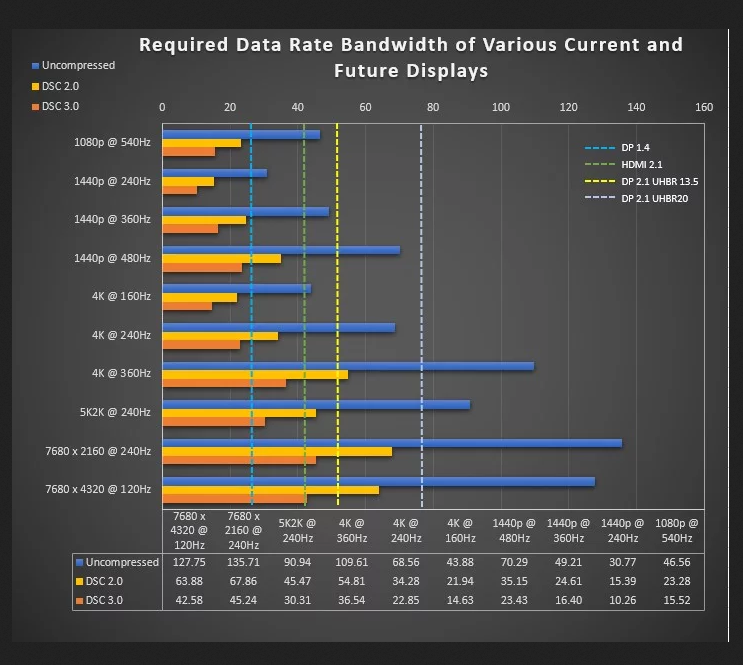Armenius
Extremely [H]
- Joined
- Jan 28, 2014
- Messages
- 42,163
Large televisions, at least, do include active cooling. The difference is people generally don't sit 2-3 feet away from a 65" TV, so you're less likely to hear or be bothered by the fans.It's something I think we are going to have to get used to for HDR monitors. More brightness means more power mean more heat. As we push peak brightness more and more, this is just going to be more true. For TVs, maybe they are big enough to have large passive heatinks, but I think for monitors we just have to accept fans, just like we do for our PCs themselves. I don't love it, but I don't see an alternative.
![[H]ard|Forum](/styles/hardforum/xenforo/logo_dark.png)


